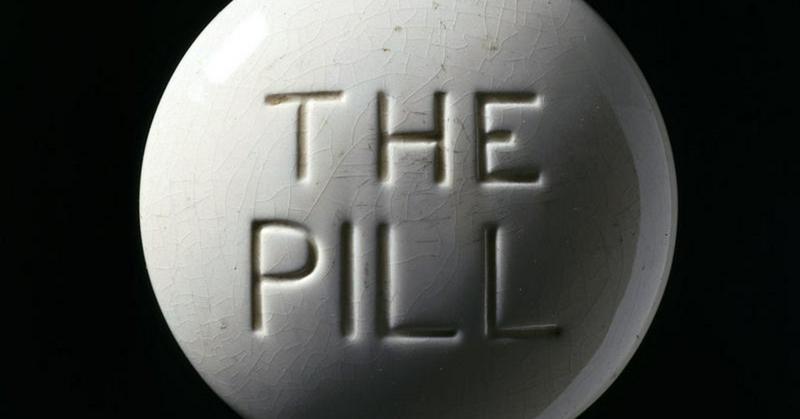Birth Control Is Legalized In The U.S.A. In 1960
By | May 12, 2021

The most controversial pill in history, the birth control pill, was approved for use as a contraceptive in the United States in 1960. The Pill, as it came to be known, was the culmination of activist Margaret Sanger's lifelong push for effective birth control for modern women as the first step toward true gender equality. While the birth control pill's approval for use in the U.S. marked a pivotal moment in women's history, it wasn't the first time that women took control of their own reproductive ability.
Ancient Birth Control
Although hormonal birth control is a modern invention, women have tried to control the number of children they bore for thousands of years. Dating back as far as 1850 B.C.E., ancient Egyptian and Mesopotamian physicians wrote recipes for contraceptives in medical books, the earliest known being a cervical cap made from honey and acacia leaves. Various other natural substances, including tree gum, crocodile dung, plant sap, and resin, were also used to block sperm from entering the womb. A plant called silphium, grown in just one small valley in northern Africa, was said to be so effective at preventing pregnancy that it became wildly popular among royalty, sex workers, and peasants alike throughout Egypt, Rome, and Greece. It was in such high demand that it was harvested into extinction.

Catholic Guilt
The good times came to an end as Christianity and specifically Catholicism, which forbids birth control, spread throughout the world. That doesn't mean that people didn't try to limit their family size, but they had to be sneaky about it. Medical books of the day worded birth control recipes carefully, noting that women who could become pregnant should not use the remedy because it could either prevent pregnancy.
Often, however, Catholic women relied on prayer. Specific prayers to the Virgin Mary, as well as amulets containing weasel testicles, feathers, crushed pearls or gems, and/or Bible verses, were the devout's method of choice, as questionably effective as they might have been.

The Invention Of The Birth Control Pill
The '60s changed everything, and that included birth control, largely due to the efforts of nurse/activist Margaret Sanger and Dr. Gregory Pincus. A chance meeting between the founder of the American Birth Control League (by then known as Planned Parenthood) and the endocrinologist in 1951 resulted in the creation of synthetic progesterone, which Pincus began testing as a contraceptive the following year. Finally, in 1960, the F.D.A. approved the Pill for widespread contraceptive use in the United States.

